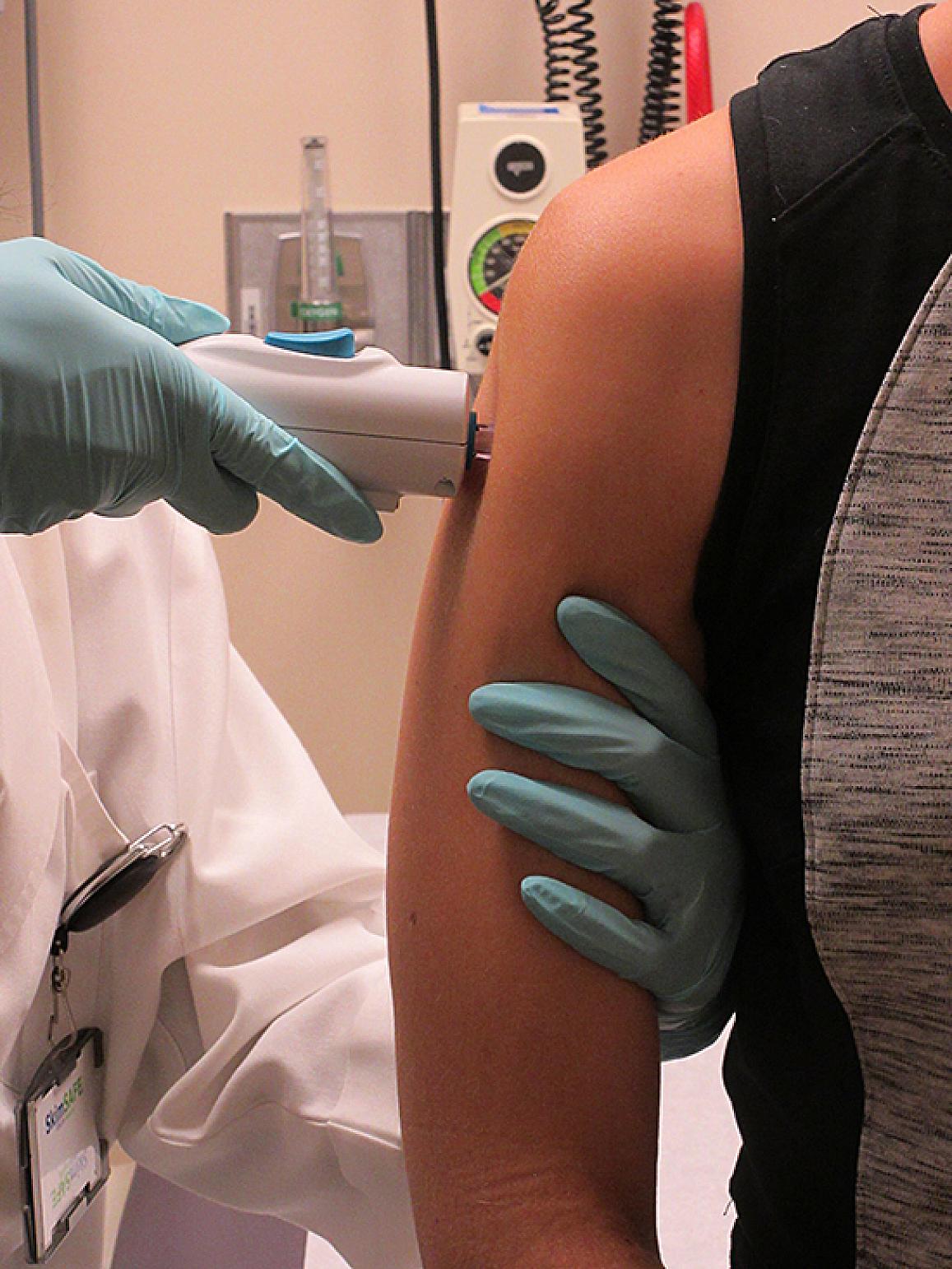The US Advisory Committee of Immunization Practices has recommended that doctors start considering the nasal spray flu vaccine – known as FluMist – to combat next year’s flu season. This flu vaccine hasn’t been used for the last two years after studies found that it was ineffective against the then-dominant strain of swine flu.
The panel voted 12-2 in favour of recommending AstraZeneca’s FluMist as a vaccine to protect against the flu, particularly for children and those adverse to getting an injection. Despite receiving assurances from AstraZeneca that the reformulated version of the vaccine is effective against swine flu, advisory committee members were still unsure about the pharma company’s proof to back up this claim.
“This is not an easy decision,” said Dr. Edward Belongia a panel member from the Wisconsin-based Marshfield Clinic Research Foundation. “It’s always a challenge to make a decision with incomplete data.”
The Centers for Disease Control and Prevention (CDC) usually takes the advice of the advisory committee to change official vaccination recommendations for healthcare providers and insurers in the US.
AstraZeneca’s FluMist was originally approved by the FDA in 2003 to protect individuals between the ages of two and 49 from the flu. It’s currently the only intranasal vaccine on the market and contains an attenuated version of the flu virus.
According to Dr. Raburn Mallory, an AstraZeneca official, the company has updated its process for selecting strains to be included in the following year’s version of the FluMist vaccine. While the company believes the effectiveness issue seen in previous years has been resolved, they have faced challenges in testing this as swine flu has not been the dominant strain infecting people during the last two flu seasons.
The 2017-2018 flu season has proved to be a challenging one for public health officials. Infection with the dominant flu strain – H3N2 – has been widespread across the US, due in part to the relatively low effectiveness of this year’s injectable flu vaccine.
“This is the first year we had the entire continental US be the same color on the graph, meaning there’s widespread activity in all of the continental US at this point,” said CDC Influenza Division Director Dr. Dan Jernigan. “It is in a lot of places and causing a lot of flu.”









Join or login to leave a comment
JOIN LOGIN